If there’s one thing that this coronavirus spread has taught us is the importance of cleaning and proper hygiene. Constant sanitizing, frequent handwashing and practicing social distancing are only frequently emphasized by health experts all over to avoid catching the novel coronavirus. While we are all still in the midst of conquering this virus, these measures to avoid contracting it should continuously be practiced even after all this is over. Prevention is definitely always better than cure. This is why we’ve rounded up practical tips on how you can keep your living space virus-free.
Wash Your Hands
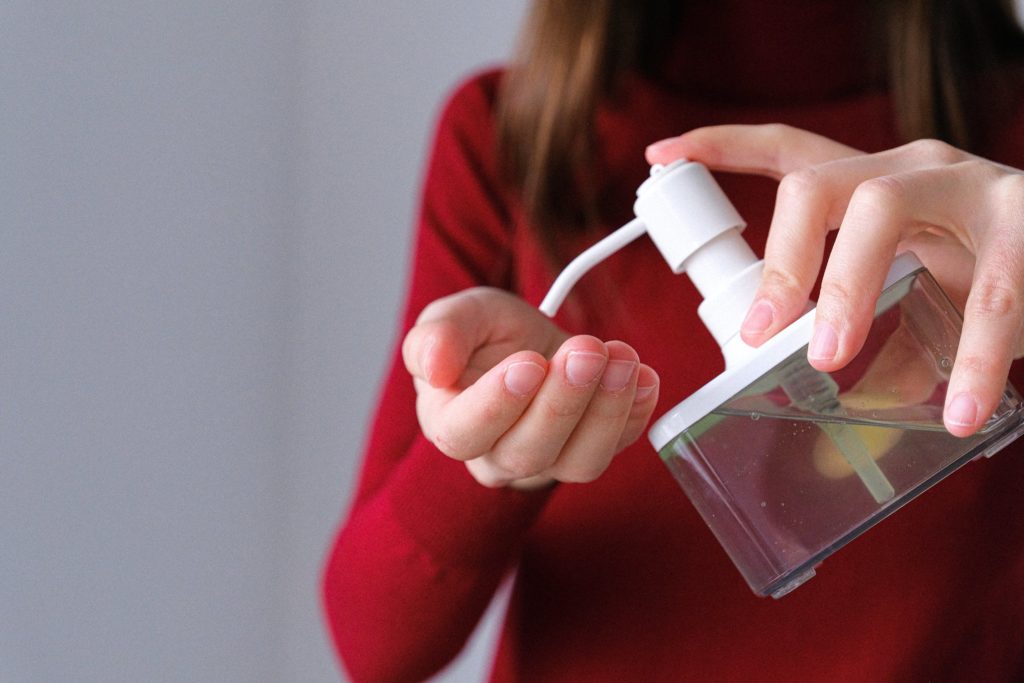
You’ve heard it a million times by now, and you’ll hear it a million more, but the best way to lower your risk of contracting Covid-19 (or pass it on to someone else) is to wash your hands after you cough, sneeze, touch your face, use the restroom, or are about to leave one place for another. You should wash your hands when you leave and return from the grocery store, for instance.
If you can find any, hand sanitizer is a fast cleaning method that works wonders. Hand sanitizer is no substitute for washing your hands with soap and water, though. Using soap and water can also be a little easier on your hands. It won’t necessarily kill all pathogens, but if you wash your hands properly, it’ll wash them away. The World Health Organization has detailed instructions on how to properly perform the 20-second hand wash.
It’s also important to liberally moisturize your hands. Dry, cracked skin is at greater risk for all kinds of infections, so after you wash, apply a little moisturizer. It’s nice! Most moisturizing lotions have similar ingredients, starting with water and glycerin, so the brand doesn’t really matter. If your hands are extra dry, look for something dermatologist-recommended with an “intensive” label.
Stay Home
Even if you’re not sick, just stay home if you can. Being in large crowds or going out to restaurants pose unnecessary risks not just to yourself but to the people around you. The more you’re in public, the more chances the novel coronavirus has to hitch a ride on your hands, clothes, or person. Millions of people are very vulnerable to this virus. Putting yourself at risk also puts them at risk.
Important Rules to Stay Safe:
- Stay at home except for essential trips to get groceries, etc.
- Wear a cloth face mask in public.
- Stay at least 6 feet away from other people in public.
- Again, wash your hands frequently for at least 20 seconds (or use hand sanitizer if you’re unable to wash).
- Cough or sneeze into a tissue or the inside of your elbow. Avoid touching your face.
Invest in a Cloth Face Mask
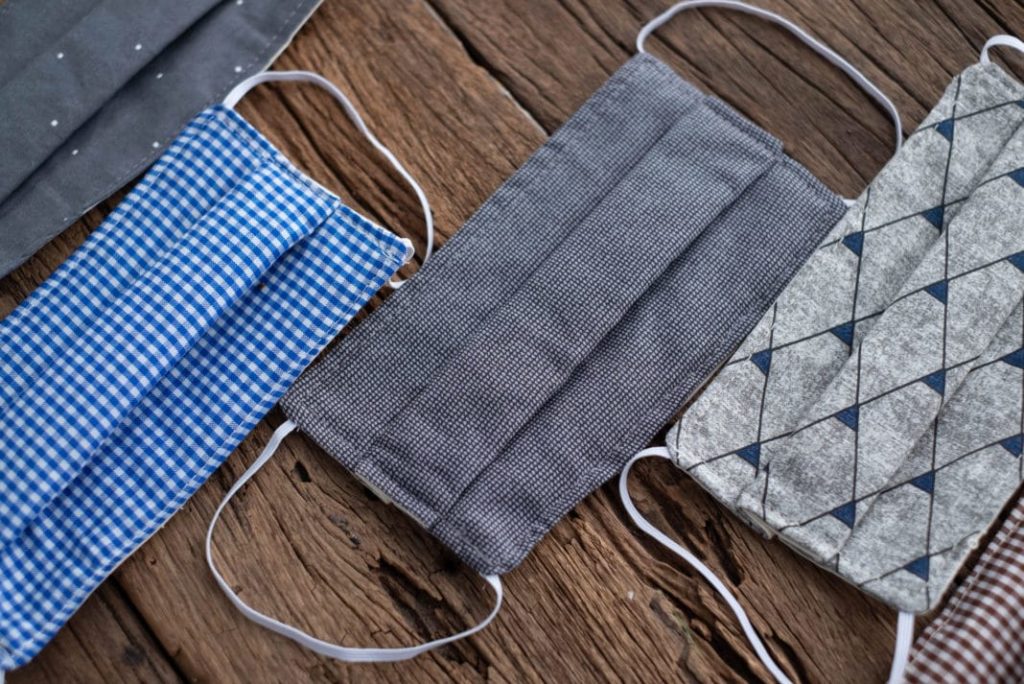
The CDC has reversed its advice regarding face masks. It now recommends that everyone wear a cloth face mask in public.
Masks are an added precaution on top of staying home, washing your hands, social distancing, and the other guidelines that you should be following. A cloth mask is unlikely to prevent you from getting Covid-19, but it may help protect others if you happen to have the disease. Some people who have the disease show mild symptoms, or none at all—especially those who are young. You may have it and not know. As far as we’re aware, the novel coronavirus is transmitted through person-to-person contact or respiratory droplets. Just talking to someone can send droplets their way.
Do not put a mask on kids under 2 years old or buy an N95 mask or any professional mask that could be used to help health care workers. There is still a severe shortage of masks around the United States, and N95 masks should be reserved for medical professionals. This is why the CDC, again, recommends you make your own cloth mask at home.
To Keep Your Home Virus-Free
Clean and Disinfect
The first thing you’ll want to know is that cleaning and disinfecting are two very different things. The CDC recommends we all do a bit of both, even if nobody in your home is sick.
- Cleaning is about removing contaminants from a surface.
- Disinfecting is about killing pathogens.
- Do both daily if anything or anyone has entered or exited your home.
Transmission from person-to-person is a much greater risk than transmission via surfaces, but the CDC recommends we clean and disinfect high-touch surfaces in our homes at least once daily just to be safe, assuming we have had contact with the outside world in some way, either a person leaving and returning or goods coming in.
Target Your Home’s High-Touch Surfaces
Researchers have found that the novel coronavirus is capable of living on surfaces such as cardboard for 24 hours, but up to two or three days on plastic and stainless steel. So cleaning and disinfecting high-touch surfaces is a step we should all take, even if we aren’t leaving the house. Anytime items or people come in and out of your home, there is some possibility of exposure.
High-Touch Surfaces to Clean and Disinfect Daily:
- Doorknobs
- Table surfaces
- Hard dining chairs (seat, back, and arms)
- Kitchen counters
- Bathroom counters
- Faucets and faucet knobs
- Toilets (seat and handle)
- Light switches
- TV remote controls
- Game controllers
Everyone’s home is a little different, so just think about the surfaces you interact with most. For me, that includes the above, plus desk surfaces and mousepads (we’ll get to gadgets in a bit). Now that you know what you’re cleaning, here’s how you should do it.
First Clean, Then Disinfect:
- First, clean the surfaces, removing any contaminants, dust, or debris. You can do this by wiping them with soapy water (or a cleaning spray) and a hand towel.
- Then apply a surface-appropriate disinfectant. The quickest and easiest way to do this is with disinfecting wipes or disinfectant spray.
That’s it. Just adding these to your daily routine can help lower the risk of infection for you and anyone else in your household. If you aren’t able to obtain disinfectants at this time, just do a thorough job with the soap or cleaning agents you do have.
There is a wide list of disinfectants that will kill the novel coronavirus. You can find most of these disinfectants online at Amazon or your local grocery store is out of stock. Most disinfectants should have a label that lists the viruses they’re effective against, and that’s what you’ll want to look out for more than any particular active ingredient.
Disinfectants:
- Disinfecting wipes (Clorox, Lysol, or store brand will do)
- Disinfectant spray (Purell, Clorox, Lysol, all make sprays that will work)
- Isopropyl alcohol
- Hydrogen peroxide
If You Cannot Find Store-Bought Disinfectants
Store shelves are bare in a lot of places, especially in the cleaning section, but you still have plenty of options. First off, please do use more soap, water, and scrubbing. That can make a huge difference.
The CDC also has a recommended recipe for a homemade cleaning solution using household bleach.
How to Make Homemade Bleach Disinfectant Spray:
- 4 teaspoons household bleach
- 1-quart water
- Pour both into a spray bottle, shake vigorously
- Spray on surface to disinfect, let sit for 10 minutes, wipe away with a wet cloth
Bleach is excessive in most cases. You should never ever mix bleach solution with any other cleaning chemical, and it’s likely to damage or discolour sensitive surfaces. Use it as a last resort if you can’t source or acquire any other kind of disinfectant. With bleach, remember to wear gloves, open your windows (ventilation is your friend), and be careful.
Does the Laundry Machine Work on Clothes?
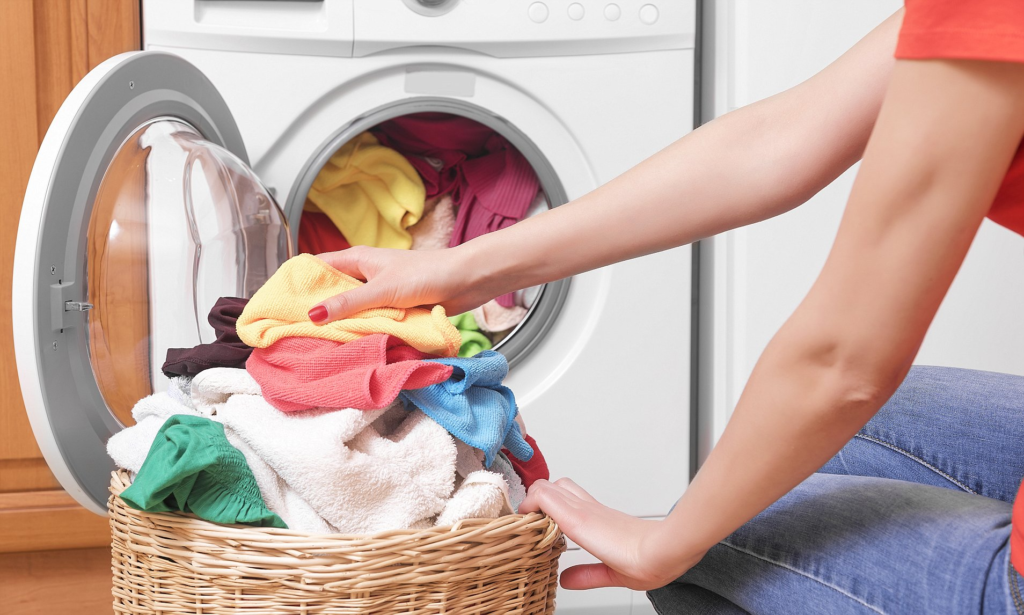
Yes, mostly. Just washing your clothing with regular laundry soap and drying it at a slightly higher temperature than you might have otherwise is all you have to do to disinfect your clothes.
Be sure to disinfect surfaces the dirty laundry comes in contact with, including the hamper and your hands—especially if you have a sick person in the house.
Clean and disinfect the hamper like you would any other surface, and wash your hands thoroughly after handling dirty laundry from someone who is ill. The CDC recommends using a liner in your hamper.
Don’t forget to clean your coat and backpack. Wiping the inside off with a disinfectant wipe should do the trick unless your jacket is machine washable.
Should You Disinfect Food and Snacks?
No, not without reason. According to the FDA, there is no evidence to suggest that food or food packaging can transmit the novel coronavirus, so there is currently no need to disinfect food or food packaging any more than you usually would. Just observe standard food safety and wash your hands afterwards.
Should You Disinfect Packages and Mail?
Yes, lightly. According to the USPS, mail and packages are relatively low-risk for transmitting the novel coronavirus, and packages from China pose no special risk compared to packages from anywhere else. That said, researchers have found that it can live on cardboard for around 24 hours, so giving packages a once over with a disinfecting wipe isn’t a bad idea.
How to Disinfect Your Devices
Here’s where cleaning and disinfecting can get tricky. Your devices might be all that’s keeping you sane during your self-isolation but, as we all know, they’re magnets for germs. They’re high-touch surfaces you carry with you everywhere, so you need to clean and disinfect them, too. To avoid repeating myself, let’s just say it here: Disinfecting wipes are the best way to clean your devices, hands down. But some devices have special considerations.
How to Disinfect Your Phone or Tablet
If you have them, disinfect an iPhone or Android phone with a disinfecting wipe or alcohol solution (at least 70%). Make sure you pay special attention to the screen, the buttons, and anywhere dust and pocket lint tend to get trapped. Also make sure you remove any case that’s on your phone or tablet, clean underneath, put it back on, and clean the outside. Following the CDC recommendations for other high-touch surfaces in the home, a once-daily disinfecting isn’t going to hurt your devices.
How to Disinfect Your Computer
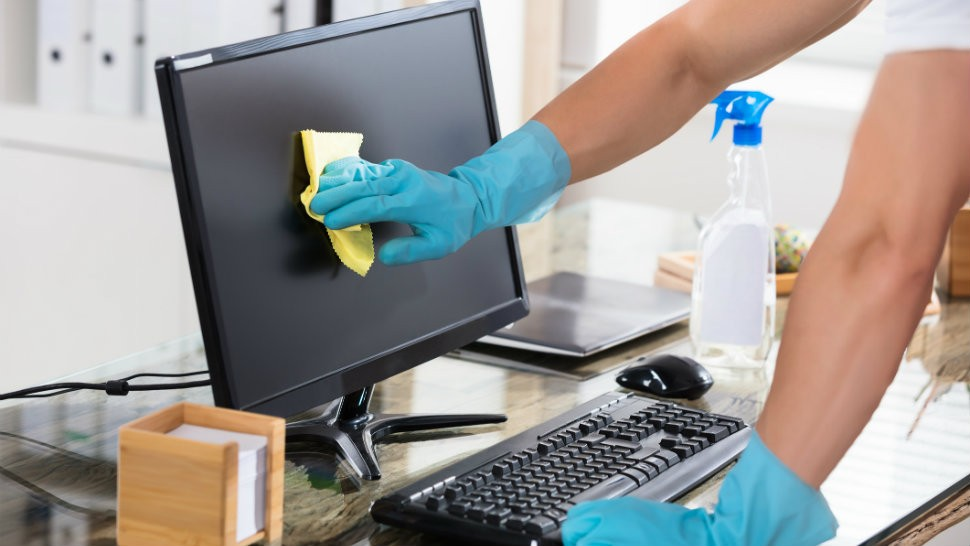
Laptop displays aren’t always made of glass (matte displays are plastic) so avoid using a disinfecting wipe on the screen, just in case. The display should be cleaned with isopropyl alcohol (70%) solution and a soft towel. Make sure you wipe down the keyboard, the trackpad, the exterior, and where your wrists rest on the laptop.
Most desktop computers are already in sore need for cleaning. The best way to do that is with a disinfecting wipe or isopropyl alcohol solution and a soft towel. Again, avoid disinfecting wipes on the monitor, just in case—stick to isopropyl alcohol there. But otherwise, just make sure you wipe down the mouse (top, sides, and bottom), the keys on your keyboard, the exterior of the keyboard, and any mousepad you might have.
Don’t Forget Accessories
For any other electronic device, if the exterior is largely plastic (gaming mice, gamepads, TV remotes) it’s safe to give them a once-over with a disinfecting wipe or isopropyl alcohol solution.
At the end of the day, even if you or a household member isn’t sick or showing symptoms, exercising caution right now is critical. Take proactive steps to keep your household clean and sanitized, and that could be what keeps your loved ones safe, healthy, and virus-free in the long run.
Comments
0 comments

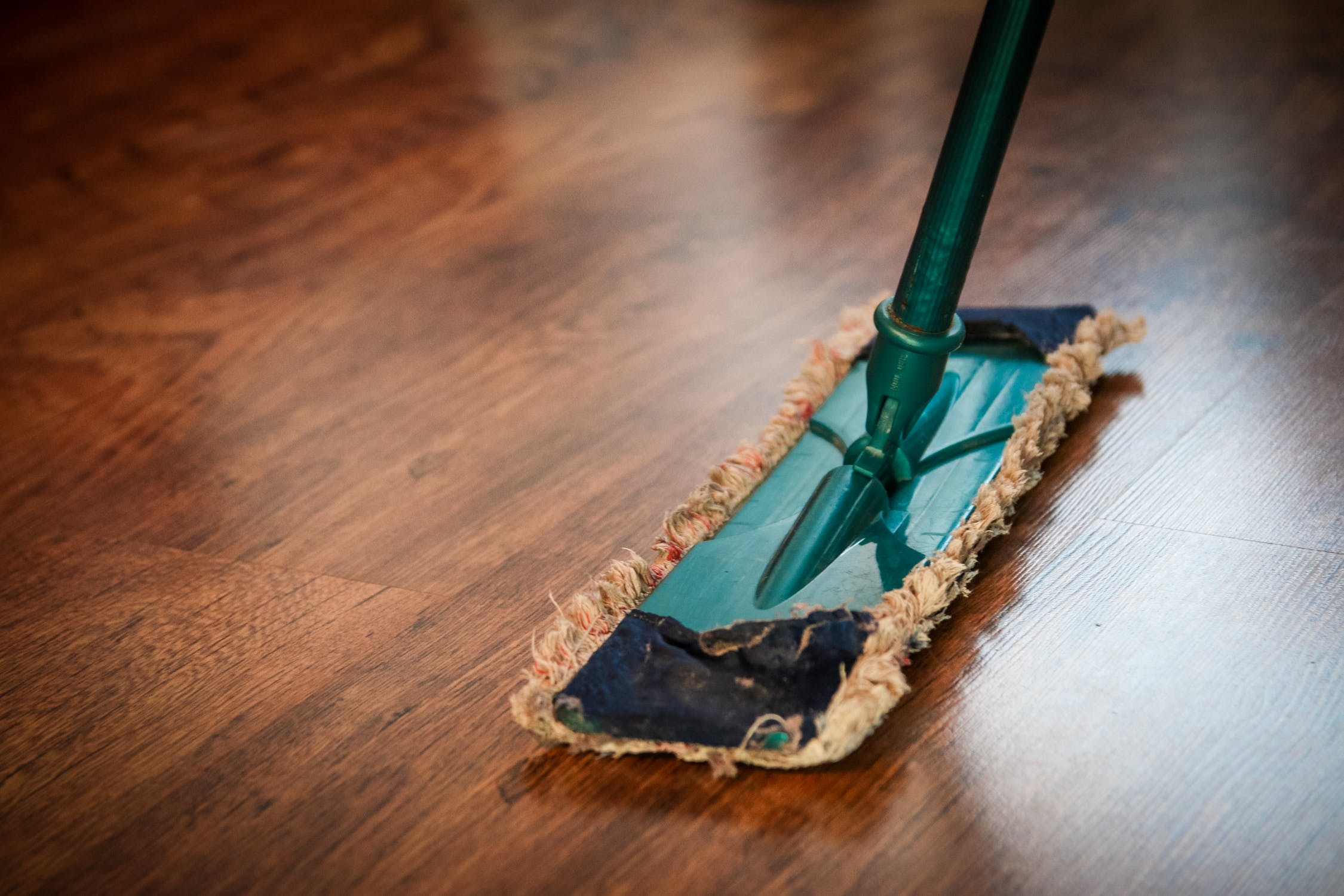
I am in fact grateful to the holder of this web page who has shared this impressive
post at at this time.
Your point of view caught my eye and was very interesting. Thanks. I have a question for you. https://accounts.binance.com/ur/register?ref=GJY4VW8W
Bomback AS, Klemmer PJ cheap generic cialis